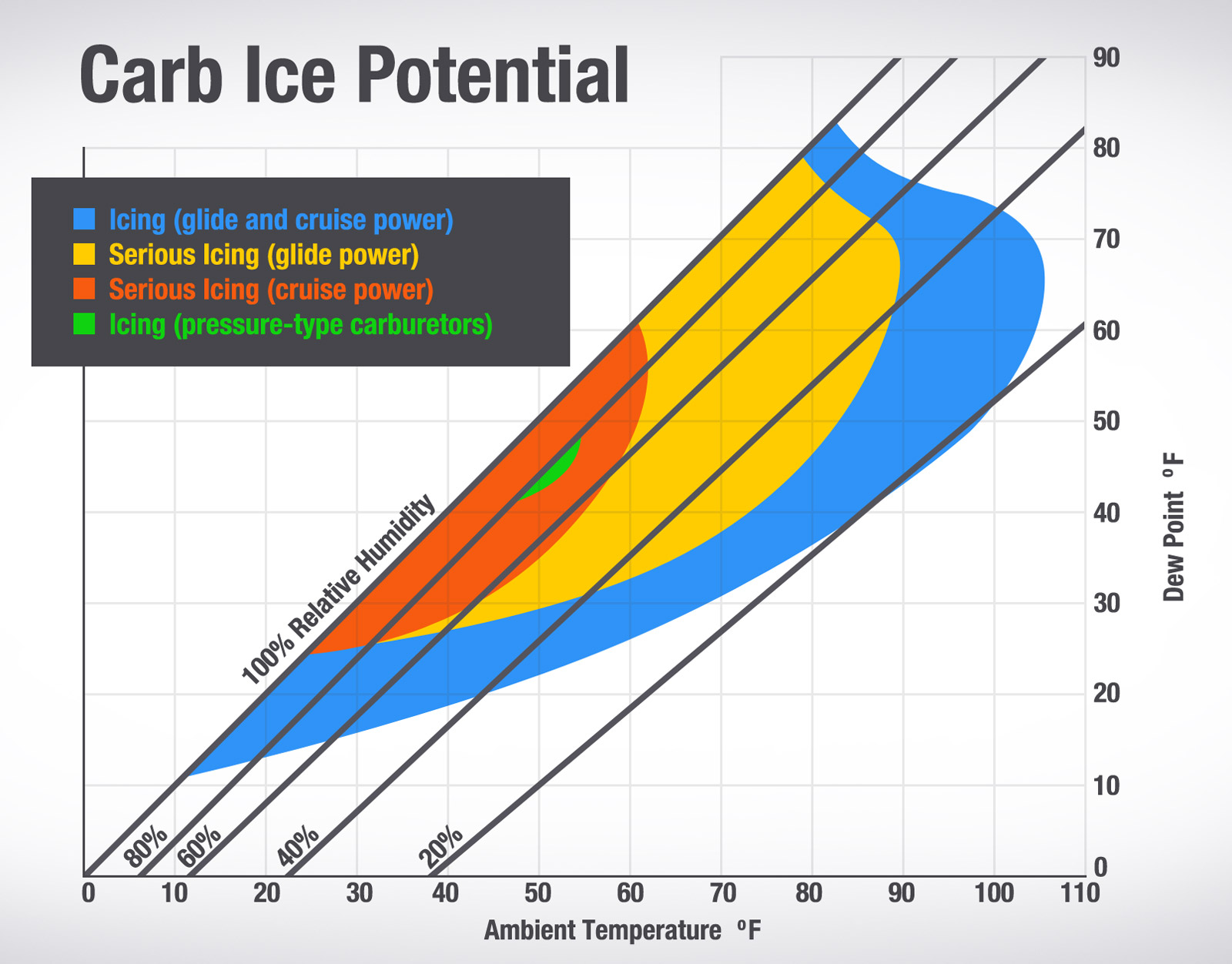Carb heat is something that I am very interested and it is something that worries me. I find it even more interesting that there are still, after all the discussions and history, appears to be many different options about it and when to use carb heat. Frankly, scares the hell out me. So, I mostly fly an archer iii and so piper says only use carb heat if suspected.... but FAA says to ignore that advice and use it during glide descent and traffic pattern. Now you all say may during long taxi, but be careful not to fowl the plugs and make sure you lean right. Too much to freakin stuff to remember for something that seems as important as this. Okay so, fine, here are my questions which I am afraid will only cause more questions that answers:
1) During taxi, should apply carb heat prior to take off just to be sure? Also I lean during taxi, should I go fuel rich before applying carb heat?
2) if you suspect carb ice during the climb out, should you apply carb heat even though you give up some power?
3) during cruise, and after leaning, so you just switch on carb heat or should you change the mixture to full first?
I think I got descent and traffic pattern down...
Whew..this stuff is confusing.



